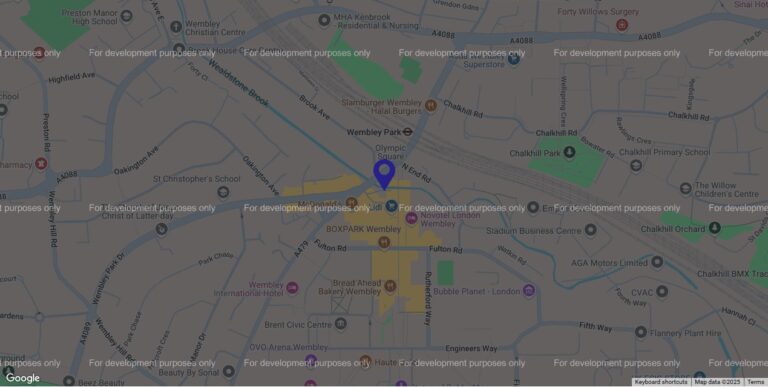First published on TalkingWeb.co.uk
In November 2011 Facebook changed how businesses can communicate with their Facebook fans – but it’s not as bad as you may think!
Over Christmas I saw various small businesses sharing posts that Facebook had stopped them communicating with their fans / “likers†due to updates in how Facebook works. I didn’t get chance to read up on the topic at the time but I’ve just stumbled across something now (whilst looking at the share / like debate) which seems to explain where I think some confusion lies.
Facebook Fan Pages:
It’s always (as far as I can remember) been the case that if someone “likes†your Facebook fan page, if you post a message from that fan page, the person sees that update in their newsfeed, unless they specifically update their account settings to not. You could also put a button on your website for people to “like you on Facebook†and help push the amount of people who like you up, and then more people would get your updates.
Then, through the admin panel of your Facebook page you could see what likes you were acquiring and know the reach of your updates etc.
Liking web pages:
Meanwhile, you could pick up a Facebook Like button and add it to your site, so that people could “like†– or effectively “share†– any individual page of your site. If someone clicked “like†on a button on your website’s home page, depending on what kind of button you used / the URL you gave it, that wasn’t them necessarily liking your Facebook Fan page, but rather liking that actual page – your actual home page.
Similarly you could put a Facebook like button on each page of your website – if you have a blog you could let people like each individual page / blog post. Again, this is only people liking that individual URL – the blog post they’ve just “Liked†appears in their news feed for their Facebook friends to see but the count of your actual main Facebook fan page wouldn’t go up.
Now – the bit many people didn’t know, was that Facebook actually offered you the ability to send updates to these people who liked individual pages. An article I’ve just read on insidefacebook.com discusses how McDonalds used the different admin pages Facebook created in these circumstances to send messages to people who liked particular burgers. But I honestly don’t know of a single client of mine who ever used this feature. Because not many people knew it existed! And that’s the bit that Facebook is turning off.
The vast infrastructure of Facebook:
If you thnk of how many Fan pages there are on Facebook – that’s a lot of info to store! And then if you think of how much data there would be stored for each page out there in the big www that has a Facebook like button on it – that’d be vast! So when Facebook found it wasn’t really being used, I don’t blame them for turning it off.
Although, I do think it was a good idea and so maybe they should have shouted about it a bit more first? Or found a way of more obviously linking up – for the public rather than Graph developers – the admins of a website and a fan page thourgh some kind of validation, like Google has you do for analytics? I always get clients emailing me asking me to “pop on this tag†so they can use a service, and I’m not sure what was involved with Facebook but I think it must have been a bit more than that.
The outcome is that people who liked these individual pages of your site, were once contactable through Facebook but no longer are. They won’t be moved across to your main Facebook page, and so you won’t be able to contact them anymore.
Concerns for businesses:
Whilst I’m sure that some people would have made good use of this feature, I think the message might have gotten diluted along the way and the end result is Facebook Fan page owners concerned that soon their messages won’t reach their audience at all. But this isn’t what this change is about. At the time of writing this, fans of your actual main Facebook fan page can still get your messages. I say “can†because this now leads us to the topic of Facebook’s EdgeRank and how it’s being choosy over what it shows and to whom… but that’s a discussion for another day!

